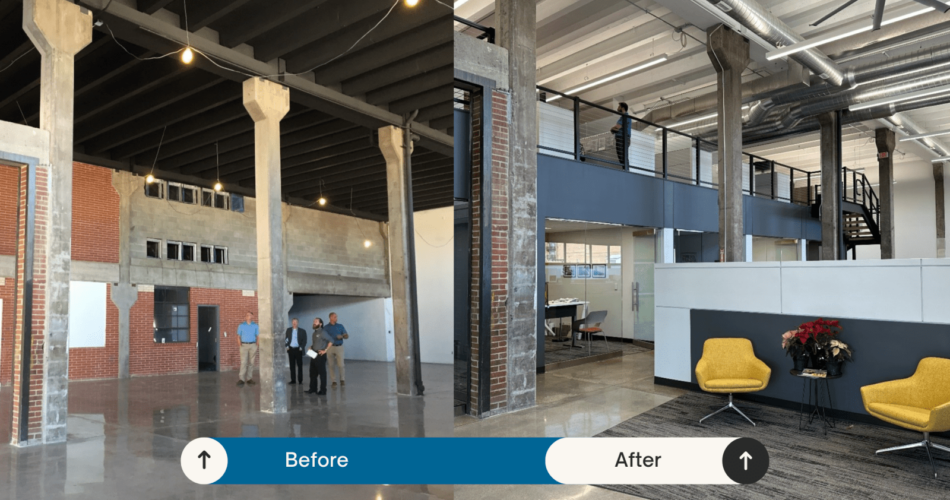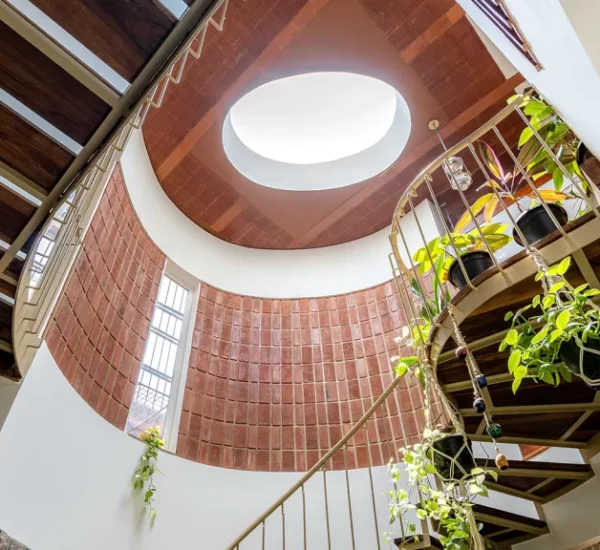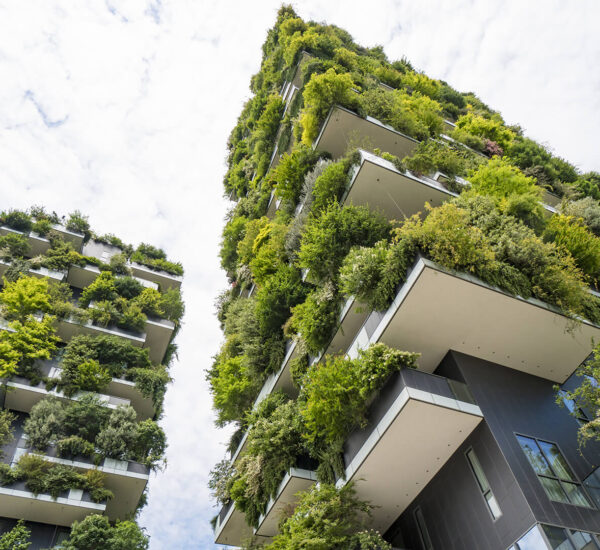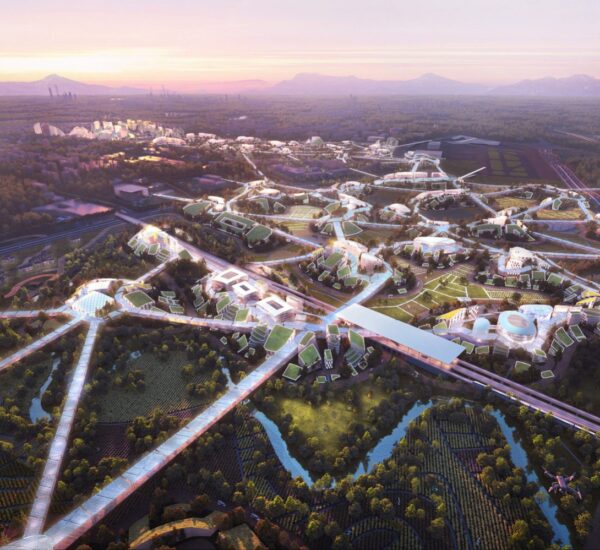As cities grow and evolve, old buildings often face demolition in favor of new construction. However, there is a growing movement in architecture that seeks to preserve the past while adapting it for the future: adaptive reuse. This process involves taking existing buildings—often ones with historical or architectural significance—and repurposing them for new uses, thus breathing new life into structures that might otherwise be forgotten or demolished. Adaptive reuse not only preserves a building’s historical and cultural value but also contributes to sustainability and a more resilient urban environment. In this post, we will explore the benefits, challenges, and examples of adaptive reuse in architecture.
1. The Environmental Benefits of Adaptive Reuse
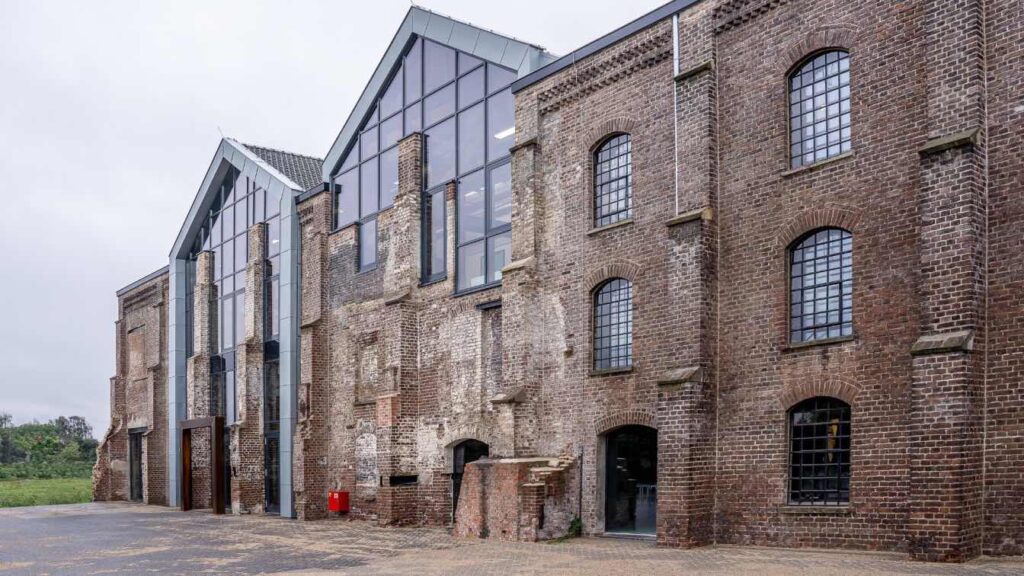
One of the most significant advantages of adaptive reuse is its positive impact on the environment. Rather than demolishing an old building and contributing to landfill waste, adaptive reuse focuses on keeping the existing structure and reducing the environmental cost of new construction. This approach is a more sustainable option and supports the growing demand for eco-friendly urban development.
- Reduction in Material Waste: Demolition can result in tons of materials being discarded, many of which are still usable. By repurposing an existing building, architects can reuse materials like steel, wood, and bricks, which saves resources and reduces the carbon footprint of construction.
- Lower Energy Consumption: The process of constructing a new building requires significant energy consumption and raw materials. Adaptive reuse typically requires less energy, as the core structure is already in place, meaning less energy is expended in the construction process.
- Preserving Embodied Energy: Every building contains “embodied energy”—the total energy that went into creating the building, from extracting raw materials to transporting them to the construction site. Adaptive reuse helps to preserve this energy rather than starting from scratch.
- Example in Architecture:
- The Tate Modern (London, UK): The Tate Modern, one of the world’s most renowned art museums, was created by converting a former power station, the Bankside Power Station, into an iconic cultural institution. The adaptive reuse preserved much of the building’s industrial character, including its vast turbine hall, while giving it a new, sustainable purpose.
- Why It Matters: In an era where environmental sustainability is a key concern, adaptive reuse offers a practical solution for reducing the carbon footprint of cities and minimizing waste. This approach supports a more sustainable and responsible urban development model.
2. Preserving Cultural and Historical Heritage
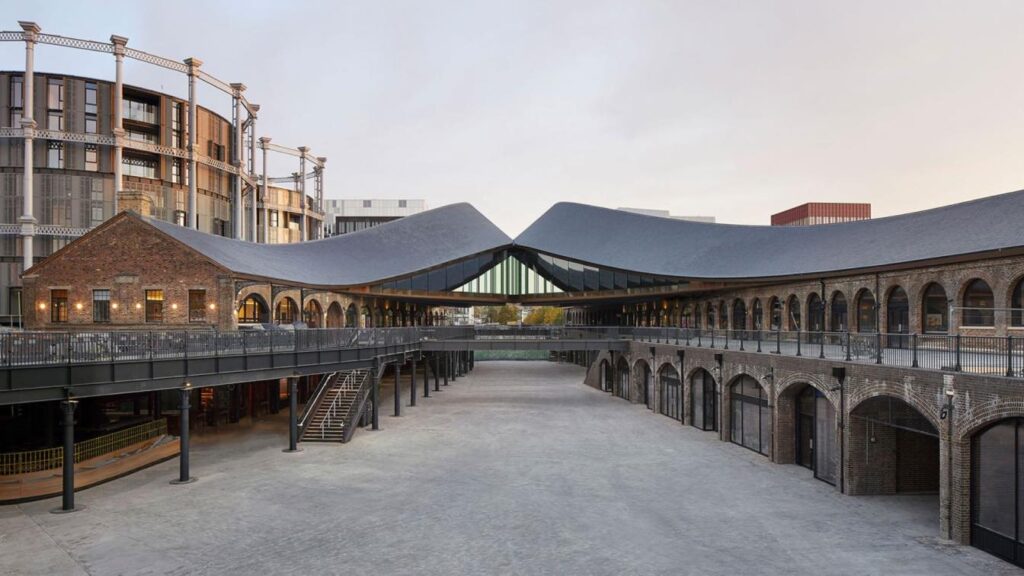
Old buildings often hold cultural, architectural, or historical significance. Adaptive reuse allows for the preservation of these structures, ensuring that the heritage of a city is not lost. By giving old buildings new life, adaptive reuse ensures that the history and stories embedded in these spaces are honored and shared with future generations.
- Retaining Historical Value: Buildings that are repurposed for new uses retain their historical significance while evolving to meet modern needs. This process ensures that future generations can experience and appreciate the architectural styles, craftsmanship, and stories of the past.
- Cultural Identity: In many cities, older buildings are key to the local cultural identity. Repurposing these buildings allows a city to maintain its historical character while adapting to the needs of a modern society.
- Linking the Past and Present: By integrating old and new elements, adaptive reuse bridges the gap between past and present, creating unique spaces that celebrate a city’s evolution.
- Example in Architecture:
- The Adaptive Reuse of the Palais des Congrès (Paris, France): In the heart of Paris, the Palais des Congrès was transformed into a modern convention center while preserving its historic features. The building’s original design was integrated into a contemporary space that respects both its heritage and the needs of modern visitors.
- Why It Matters: Preserving the historical and cultural value of buildings ensures that cities maintain their unique identity and cultural heritage. Adaptive reuse allows us to respect the past while ensuring that these spaces continue to serve a modern function.
3. Cost-Effectiveness and Economic Benefits
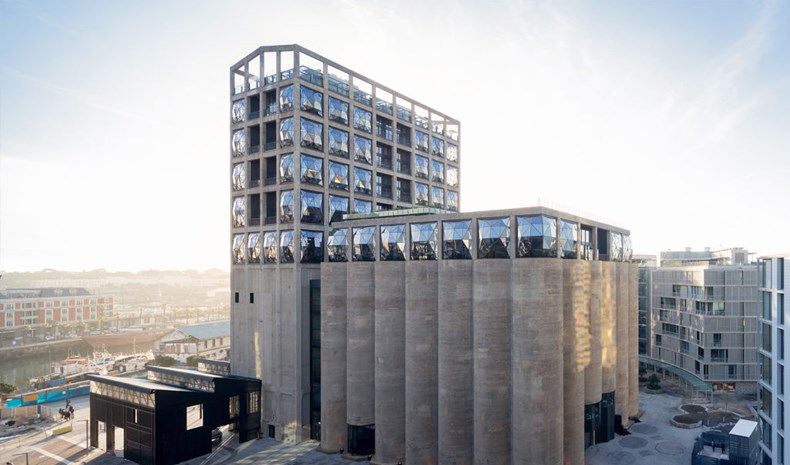
Contrary to the assumption that building new is always cheaper, adaptive reuse can often be a more cost-effective option. When considering the costs of land acquisition, new construction, and the environmental impact of demolishing old buildings, adaptive reuse may offer significant financial benefits.
- Cost Savings: The cost of constructing a new building includes not only materials and labor but also the costs associated with demolition and clearing a site. Adaptive reuse reduces or eliminates these expenses, making it a more cost-effective solution for developers.
- Property Value: Repurposing old buildings can increase the value of an area, particularly in neighborhoods that are undergoing revitalization. Transforming a historic building into a modern office, residential space, or cultural venue can make it a landmark and attract businesses and tourists.
- Revitalizing Communities: By repurposing abandoned or underutilized buildings, adaptive reuse can play a vital role in revitalizing urban areas. It can attract new businesses, create jobs, and improve the quality of life for local residents, all of which can stimulate economic growth.
- Example in Architecture:
- The High Line (New York City, USA): The transformation of an old elevated railway track into a public park is one of the most celebrated examples of adaptive reuse. The High Line has not only revitalized a previously neglected area but has also become a prime example of how adaptive reuse can boost local real estate markets and create economic opportunities.
- Why It Matters: Adaptive reuse is an economically viable option for cities looking to revitalize old buildings and underused spaces. It fosters economic growth by attracting investment, improving property values, and stimulating local economies.
4. Creative Design Opportunities
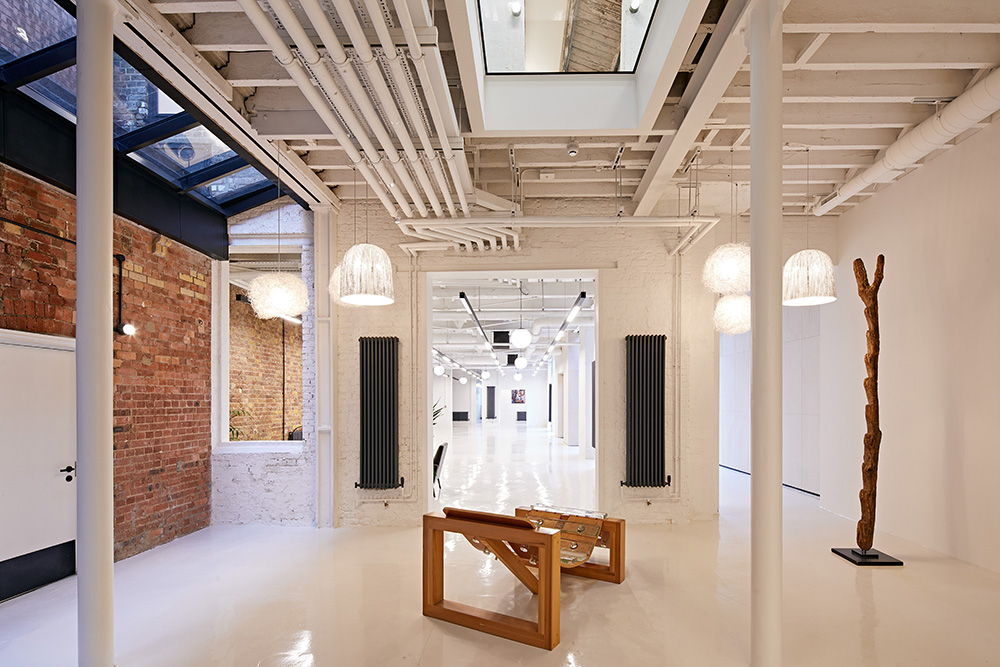
Adaptive reuse challenges architects to think creatively, blending the old with the new in innovative ways. It offers a unique opportunity to preserve a building’s original character while incorporating modern design elements. This creative process can result in visually stunning spaces that stand out for their combination of historical and contemporary features.
- Architectural Innovation: Adaptive reuse projects often require creative solutions to integrate modern functionality with the constraints of the existing structure. Architects must find ways to incorporate contemporary amenities, such as elevators or energy-efficient systems, without compromising the building’s original character.
- Unique Spaces: By repurposing an old building, architects can create one-of-a-kind spaces that are far from the cookie-cutter designs of typical new construction. These spaces, with their blend of old and new elements, can evoke a sense of history while offering all the benefits of modern architecture.
- Example in Architecture:
- The Loeb Drama Center (Cambridge, USA): Originally a historic building, the Loeb Drama Center was creatively repurposed into a modern theater while maintaining the structure’s historical features. The integration of new technology and seating into the existing framework created a cutting-edge performance space that honors the past.
- Why It Matters: Adaptive reuse provides architects with an opportunity to push the boundaries of design and create truly unique spaces. It challenges the norm and offers exciting possibilities for the intersection of history and modernity.
5. Challenges in Adaptive Reuse
While adaptive reuse offers many benefits, it is not without its challenges. Retrofitting an old building to meet modern needs requires careful planning, creativity, and expertise. Some of the common challenges include:
- Structural Constraints: Older buildings may not meet modern building codes or may require significant structural upgrades to ensure safety and stability.
- Zoning and Regulatory Issues: Repurposing a building may involve navigating complex zoning laws and historical preservation guidelines. These regulations can limit the extent to which a building can be altered.
- Cost of Renovation: While adaptive reuse can be cost-effective in the long term, the initial costs of renovation—especially for historic buildings—can be high, as they may require specialized materials or techniques to preserve their original features.
- Why It Matters: Overcoming these challenges requires collaboration between architects, engineers, and urban planners to ensure that the adaptive reuse project is successful. Despite these hurdles, the benefits of adaptive reuse—both environmental and cultural—make it a worthwhile endeavor.
Conclusion
Adaptive reuse is a powerful tool in shaping the future of our cities. It allows us to preserve the historical and cultural significance of old buildings while adapting them for new, sustainable purposes. By reimagining and repurposing existing structures, architects contribute to the revitalization of communities, create unique spaces, and reduce the environmental impact of new construction. As cities continue to grow and evolve, adaptive reuse will play an increasingly important role in sustainable urban development, bridging the gap between the past, present, and future.

